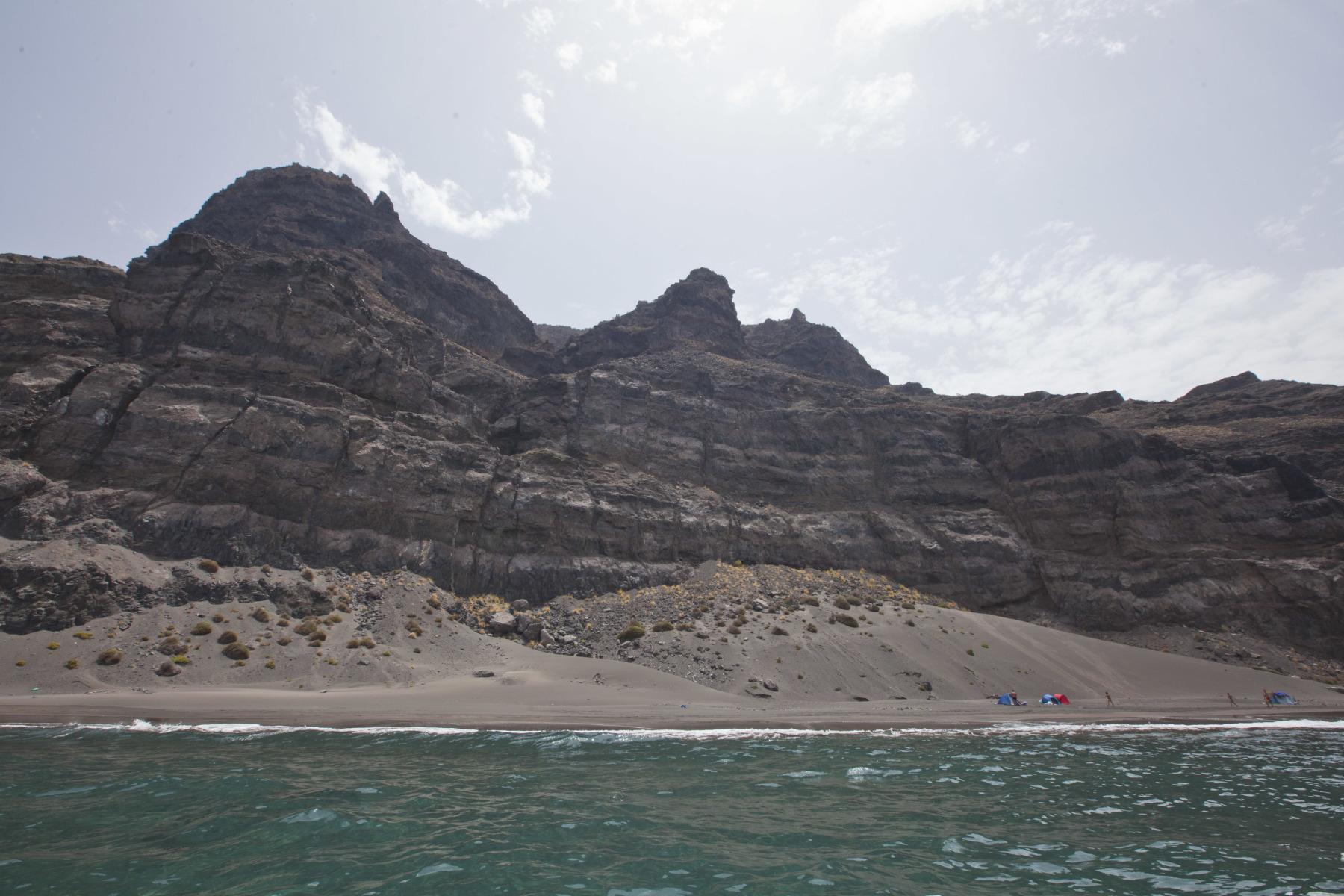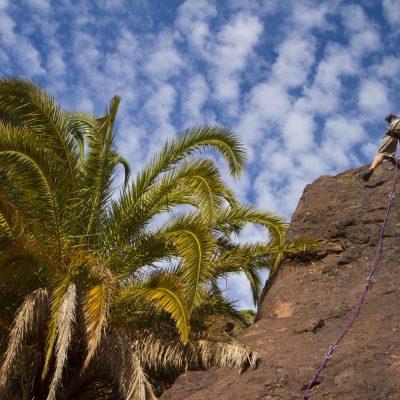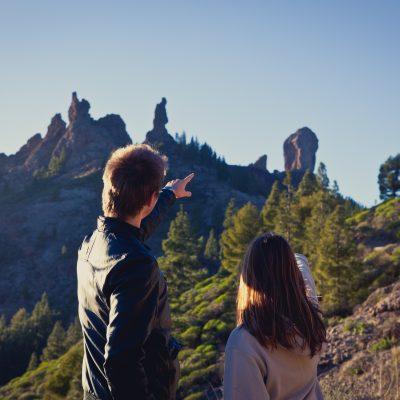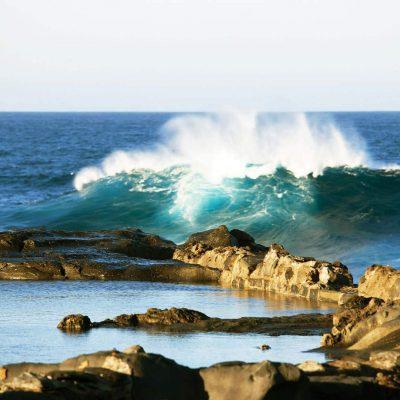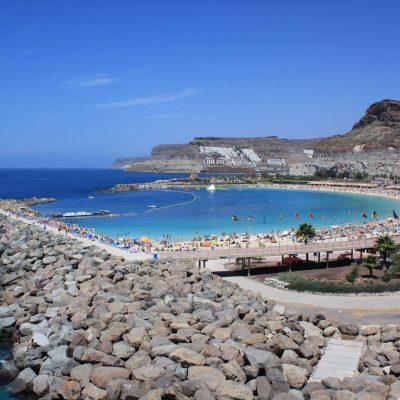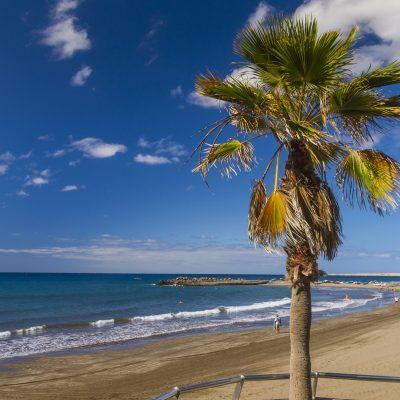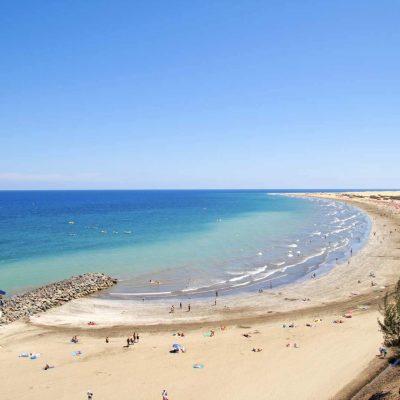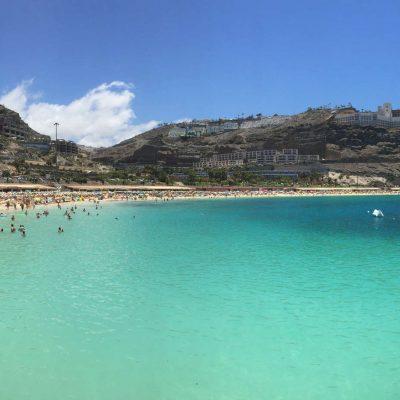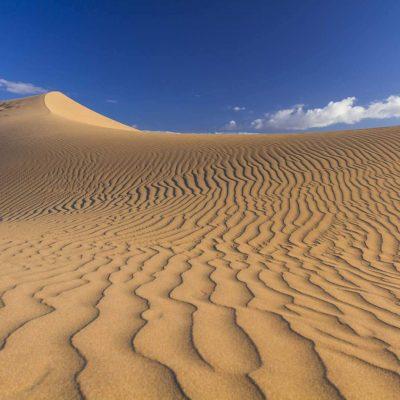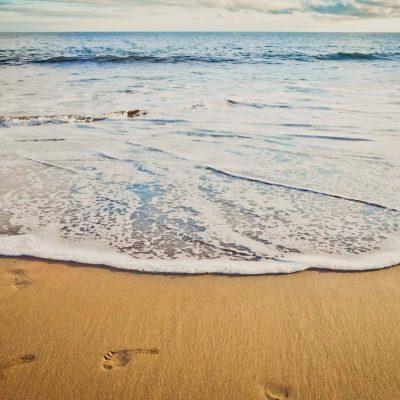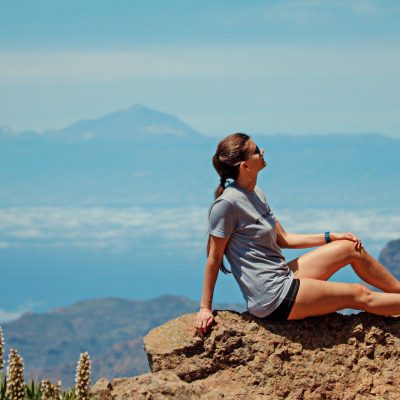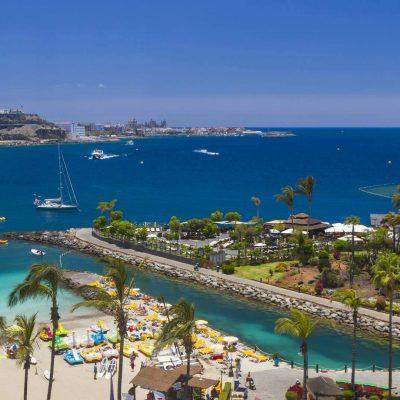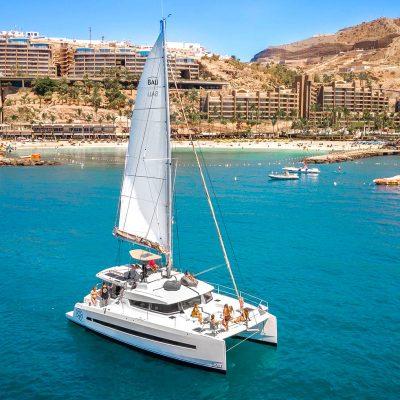Today we would like to tell you about the Güigüí Special Nature Reserve, a natural environment that is in a perfect state of conservation. Discover its impressive beauty through its trails and paradisiacal beaches. Read on to learn about its characteristics, the Güigüí beach within it and the experience of walking its magical trails.
Güigüí Special Nature Reserve
This is an ancient massif on the west coast of Gran Canaria, located in the municipality of La Aldea de San Nicolás. It is made up of very old material and forms part of the ancient shield volcano that gave rise to the island of Gran Canaria. Since its formation, it has been suffering the effects of erosion, which have modelled an abrupt surface with mountains and ravines that flow into the reserve. The highest peaks reach 1000 metres above sea level (masl). The coastline is made up of steep cliffs and some beaches of pebbles and dark sand.
The local population, interested in safeguarding the natural areas, is petitioning to have this nature reserve declared a Spanish National Park. This would mean greater protection and preservation of the nature reserve, as well as the wildlife habitats found there. This achievement would guarantee future generations natural spaces in an optimal state of conservation for the enjoyment of all.
Flora and fauna
The area is home to 39 endemic species and 78 endemic to Gran Canaria. Birds are the most representative species of the reserve’s fauna, with several birds in danger of extinction. Also living in perfect harmony are frogs and reptiles such as the giant lizard of Gran Canaria. On the coasts, gazelles and seagulls abound. There are also certain mammals such as the mountain bat, rabbits, the feral goat and the maroon cat, which threatens the birds.
As for the flora, there are some endemic species that are exclusive to the reserve, such as the cabezón, the Guayedra mustard, the Tamadaba algaephyton and the Andén Verde heartwort. The vegetation is differentiated by altitude, with the dividing line at 700 metres above sea level. Above this height we find the Canary Island pines and some endemic species such as the algafitón and the magarza de cumbre. Below, we find the tabaibal-cardonal, the tabaiba de tolda, among others. The presence of wetlands in some sectors of the reserve determines the flourishing of vegetation adapted to these conditions. The thermophilic forest that has prevailed since the first period of the Paleocanarian period is an icon of the exuberant Canarian vegetation with species such as palm trees, dragon trees, tabaibas and cardons.
Güigüí Beach
It is a beautiful wild beach located at the mouth of the Güigüí ravine in the Güigüí reserve, and one of the most visited beaches in the region. The beach is located within a rocky environment, adorned by cliffs and steep cliffs. As it is a beach of difficult access, it does not have any kind of services for bathers, which is why it receives few visitors and remains intact for the enjoyment of nature in its pure state. It can only be reached by land through a demanding 5-kilometre trail that crosses the reserve or by boat, hiring one of the excursions that leave from the nearby ports.
Güigüí Beach is considered a jewel for nature lovers, with crystal-clear, serene waters ideal for snorkelling. Nudism is allowed and although camping is prohibited in the area, many people skip this regulation and spend the night on the beach.
Hiking in the special reserve of Güigüí
Hikers find in the Güigüí reserve the perfect conditions to enjoy nature. This is an enchanted place with clean air, pristine beaches and exotic views of mountains and cliffs. The volcanic origin of this area gives it a unique character.
One of the most popular routes is the one that takes us to Playa de Güigüí. The route starts in the village of Tasartico, where you will find a small car park. The trail stretches for 5 kilometres and is well signposted. Good physical fitness is required to walk this path full of ups and downs, not suitable for people with a fear of heights. The best part of this route is the arrival at the beach, which welcomes us with a cool breeze and refreshing waters for a well-deserved dip. We recommend you bring at least 1.5 litres of water, sun protection and snacks to enjoy when you reach the sea.
We invite you to visit the Güigüí Special Nature Reserve, a geological wonder with great landscapes and unspoilt surroundings. Enjoy its wild, lush beaches and crystal clear waters, as well as its challenging hiking trails, to feel more alive and connected with nature. Remember to visit the natural spaces with respect, without affecting their integrity and the life that lives there.

